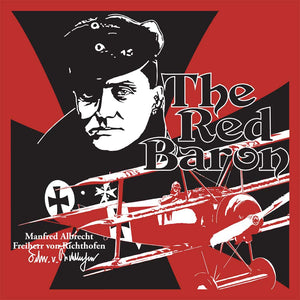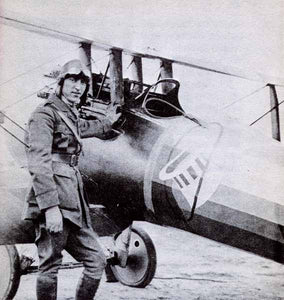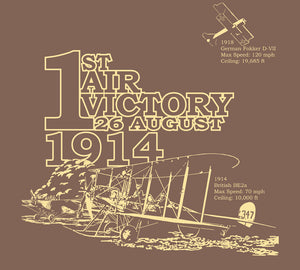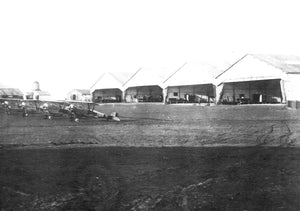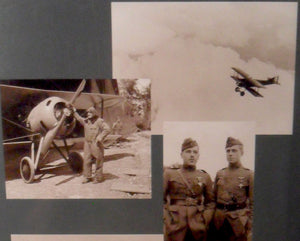Knights Without Parachutes — dangers of wwi aviation
The Red Baron Foretells the Future of Aviation
dangers of wwi aviation red baron
1917 Warbird vs. 2017 Kit Aircraft As a large fraction of Denver moved to Wyoming for the total eclipse this week (totality was only about 150 miles north of the Vintage Aero Flying Museum), many sport aircraft pilots avoided the traffic by flying instead. We talked to the pilot of a kit two-man airplane that looked like a giant blue-and-green dragonfly which flew north from an airport near the VAFM. It was interesting to think about what has changed, and in some cases changed back, about airplanes in the last 100 years. Like Manfred von Richthofen's airplane, this one was brightly...
Six Non-Combat Ways to Die in WW1 Aviation
When the Bugs in New Technology Are Actually Deadly Maybe it makes sense that the US Army didn't want racecar drivers as pilots, thinking that combat was scary enough, and if the pilots actually understood their machines, they wouldn't fight. In a survey of the Cornell University records of Cornell aviators who died in WWI, very few of them actually died in anything that could be called combat. Many died of flu or its complications, but the rest died of some kind of aircraft accident, generally resulting from the fact that not only were the pilots new to flying, but also the airplane...
Observations From a Fighter Pilot Without a Parachute
The Era of Airborne Warriors in Single Combat The book No Parachute: A Fighter Pilot in World War I by Arthur Gould Lee, has so many good quotes about aviation and war, it is tempting to just fill blog articles with quotes from that book for the rest of the year. But that would mean ignoring some other fascinating stories and upcoming hundredth anniversaries. So here are just a few of the interesting observations from the foreword, written by a man who was there (in the RFC) and was nobody special, at least in the sense of not being a...
Birdstrikes and Other Hazards of World War 1 Aviation
dangers of wwi aviation red baron
Wildlife on the Flightline Before the recent open house at the VAFM, which is currently housed in a hangar at the Platte Valley Airpark, the morning chorus of birdsong along the taxiways was quite loud. Even in the days of jet aircraft, a flightline is not a bad place to get acquainted with the kinds of wildlife that live in meadows and grasslands. So much the more in the days before tarmac and tail wheels, when the airfield was an actual field that served as the interface between ground travel and air travel, and mud might be a factor in...
Dangerous jobs that people think are safe and easy
In Cornell University's list of World War 1 dead is Stuart Emmet Edgar. Edgar didn't actually graduate; he was in the class of 1913 but "left in 1911 to enter business". In 1916 he quit work as a reporter on the New York Evening Sun to become an ambulance driver in France. After America joined the war he transferred to French aviation and in January 1918 was at the front as a corporal in "Escadrille Lafayette 158". (I haven't found out yet whether that was the same thing as the famous Lafayette Escadrille, which had several different names over the course of...

